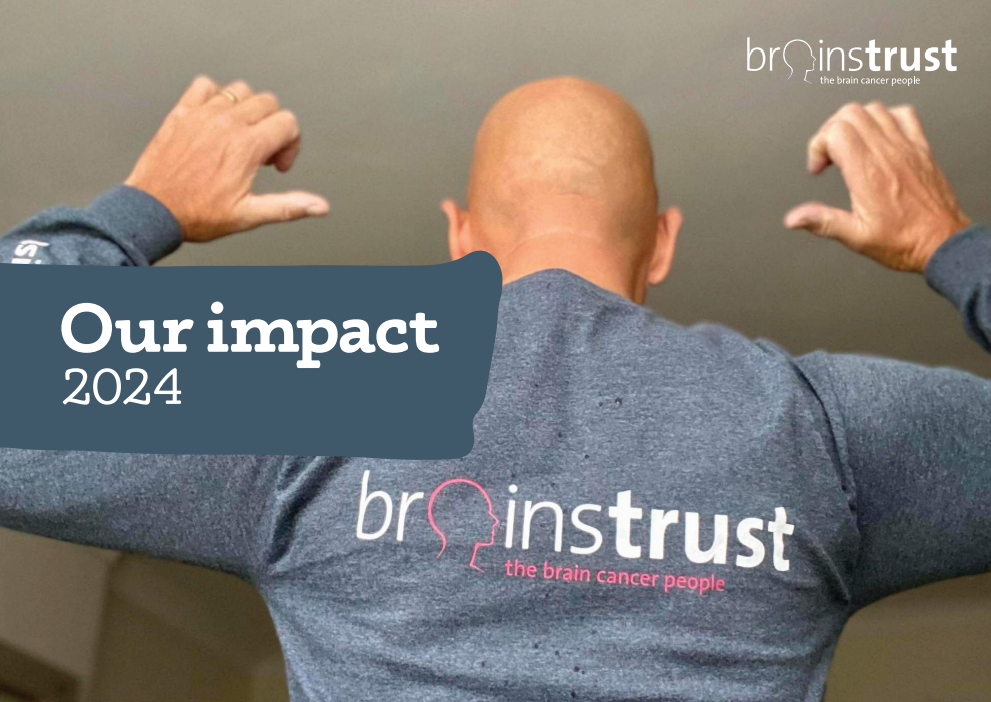Researchers at Oxford University developed a Response Assessment in Neuro-Oncology (RANO) review and gathered specialists from a variety of fields to investigate prior research involving biofluids, such as blood and urine. The aim of this study was to determine the viability of using biofluids in the treatment of Glioma and find out if there may be another method of supporting this community post diagnosis – improving both the outlook for recovery and quality of life.
What was found? 
The team assessed the different characteristics and properties of cancer cells within these fluids and concluded that there are still grounds for further research. Some suggested applications of biofluids include:
- Establishing a diagnosis when tissue is not available
- Monitoring the residual disease after surgery
- Distinguishing progression from pseudo-progression
- Predicting outcomes.
What are the next steps?
The RANO team suggest that biofluid collection should be made a standard practice and further research is encouraged to produce new detection strategies using biofluids. This would mean patients would have more options at different stages of their care and may not need to rely on scans as regularly as what is currently expected.
Additional testing to clinical trials to validate these conclusions is necessary but would be hugely beneficial to the community if made standard practice.
If you would like to use your experience and insight to support clinical research, consider signing up to be a PRIME advocate for brainstrust.
If you or someone you love is living with a brain tumour and have any questions around this latest news, or want to access support, give us a call on 01983 292 405 or email hello@brainstrust.org.uk. You can also visit our little brainstrust website which features support for children affected by brain tumour.









